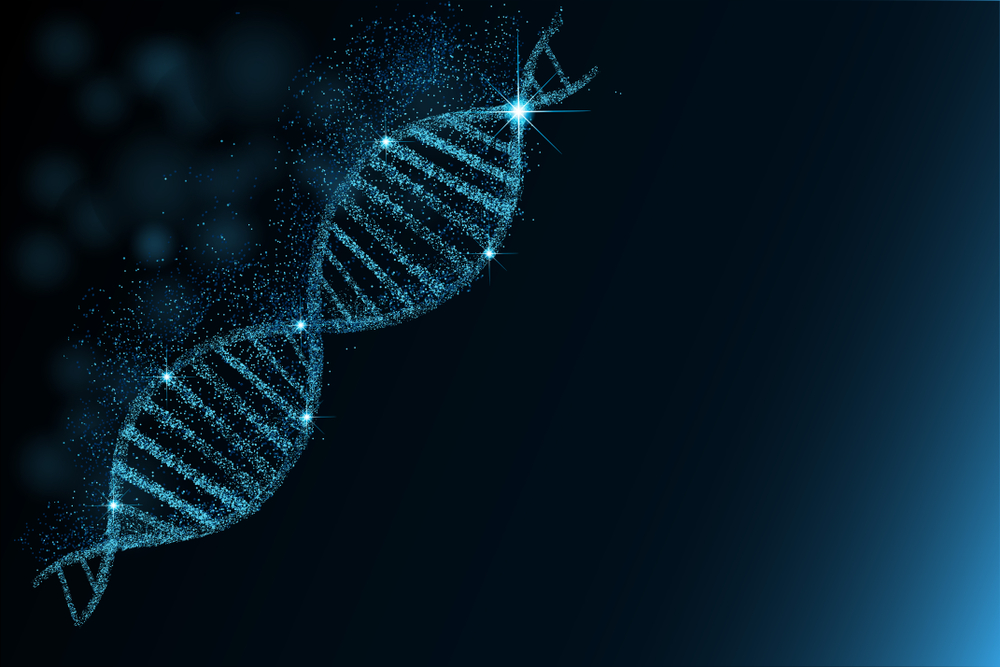SMA and ALS Linked via ‘Central Hub’ Molecule Crucial to Protein Production, Study Reports

Researchers at Stanford University School of Medicine found that a molecule called Activating Signal Cointegrator 1 (ASC-1) acts “a central hub” for proteins involved in amyotrophic lateral sclerosis (ALS) and spinal muscular atrophy (SMA), suggesting that both disorders “are more intimately tied to one another than previously thought.”
ASC-1 is transcriptional co-activator, a molecule that binds to transcription factors to facilitate gene transcription — that is, the process by which DNA is converted into RNA (the template for the production of a protein).
The study, “The neurodegenerative diseases ALS and SMA are linked at the molecular level via the ASC-1 complex,” was published in Nucleic Acids Research.
ALS and SMA are neurodegenerative diseases that affect motor neurons — the nerve cells responsible for controlling voluntary muscles. Considerable effort is being made to understand the molecular mechanisms involved in motor neuron degeneration, and previous research work reported links between these diseases — shared “clinical and neuropathological features” and both diseases being diagnosed within families, the study notes.
“Our new observations regarding the ASC-1 complex indicate that ALS and SMA are more extensively linked at the molecular level than previously thought,” its researchers add. “In addition, the ASC-1 complex is the first factor identified that is affected in both diseases.”
In the case of ALS, more than 25 causative genes encoding for proteins that bind to DNA and RNA, and participate in gene transcription — such as Fused in Sarcoma (FUS) and TAR DNA Binding Protein (TARDBP) — have been identified.
Interested in SMA research? Check out our forums and join the conversation!
Because this study focused on ALS, researchers used a genome editing tool called CRISPR-Cas9 to create cell lines that were not capable of producing four different RNA/DNA binding proteins involved in ALS — FUS, EWS RNA Binding Protein 1 (EWSR1), TATA-Box Binding Protein Associated Factor 15 (TAF15), and Matrin 3 (MATR3).
Results showed that, although each of these ALS-causative proteins has a specific function, all of them are required to recruit ASC-1 to the protein-complex responsible for gene transcription. Interestingly, genetic mutations in ASC-1 that block the formation of the transcription complex have been linked to a severe form of SMA.
Investigators also found that several RNA/DNA binding proteins involved in SMA — Exosome Component 8 (EXOSC8), Heat Shock Protein Family B (Small) member 1 (HSPB1), Thyroid Hormone Receptor Interactor 4 (TRIP4), Survival of Motor Neuron 1 (SMN1), and ASC-1 — are also components of the transcription complex.
“Our observation that such a large number of proteins involved in these motor neuron diseases is present in the [transcription] machinery suggests that pathways in which this machinery functions could underlie pathogenesis [development] of these diseases,” the researchers wrote.
“[Many] ALS/SMA proteins present in this machinery play roles in the DNA damage response (DDR),” the process by which lesions in DNA are detected and repaired. “Thus, a possible cause of ALS/SMA pathogenesis is disruption of DDR due to loss of interactions between these DDR complexes/proteins from the [transcription] machinery,” they added.







